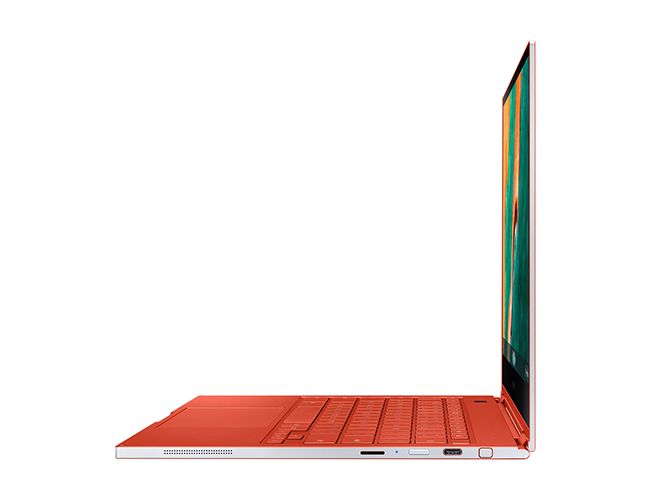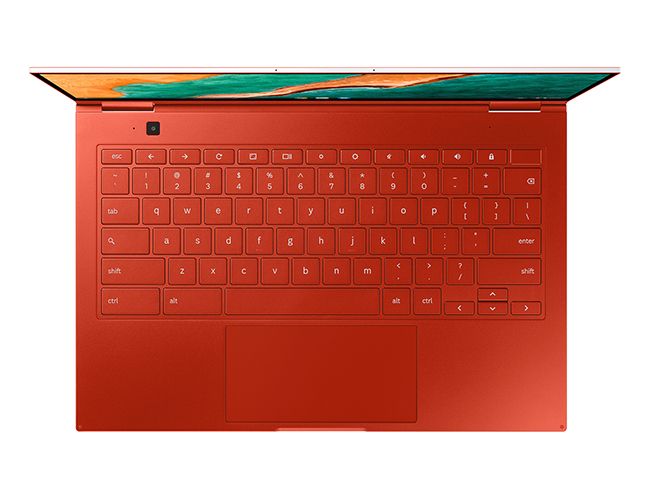Lenovo has made a marked commitment to smart displays, even being one of the first manufacturers to roll out a Google Assistant-powered smart display. The concept of a Smart Displays is pretty simple – you connect it to your Google account, and you can access all of the Google Assistant’s features with a constant, visual aid as well. Lenovo is taking that a step further, as at CES 2020, they’ve announced a follow-up to last year’s Smart Tab M10, the Smart Tab M10 FHD+ 2nd Gen that doubles as a smart display. This is made possible through the Google Assistant’s ambient mode, which can be enabled on selected Android devices.

Lenovo says that most tablets when at home are unused for 23 hours a day on average. This means that turning them into a smart display gives them more use, and at a starting cost of $189, the Lenovo Smart Tab M10 2nd Gen might be worth investing in. It comes with a smart charging station that holds the tablet upright while charging it and will turn it into a smart speaker with a screen. It can pick up your voice from across the room as well, with a dual microphone setup and a dedicated signaling chip for processing information from both. The tablet automatically converts into a smart photo frame when not in use.

The tablet is also designed for families, and natively supports multiple accounts and face unlock for each user. There’s also a kids mode, a posture alert, and a bumpy environment alert. When it detects that the user’s posture is poor, it can alert them to that fact. When it detects a bumpy environment, such as a car or a van, it can tell the user to stop using the device.
The Lenovo Smart Tab M10 2nd Gen will be available in North America in 2020, at a starting price of $189.
The post Lenovo’s new Smart Tab M10 2nd Gen is an affordable 10-inch tablet that doubles as a smart display appeared first on xda-developers.
from xda-developers https://ift.tt/2rZuDxz
via IFTTT











 Processor
Processor





